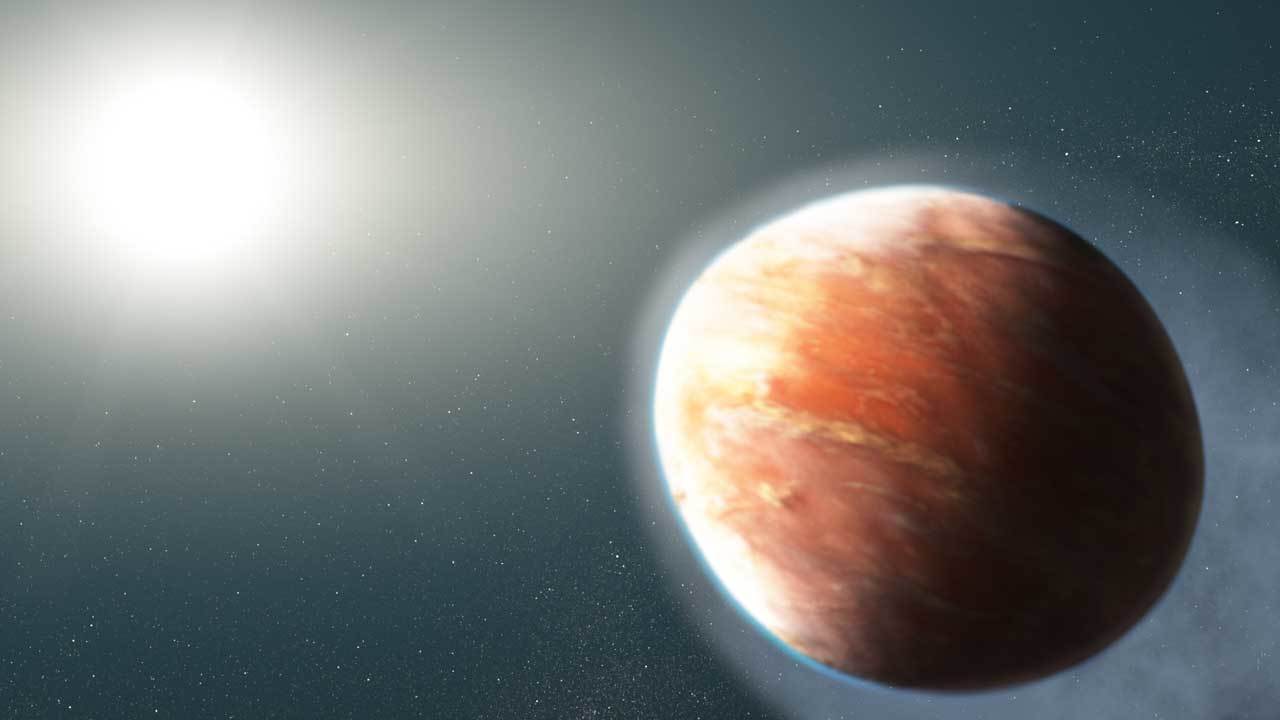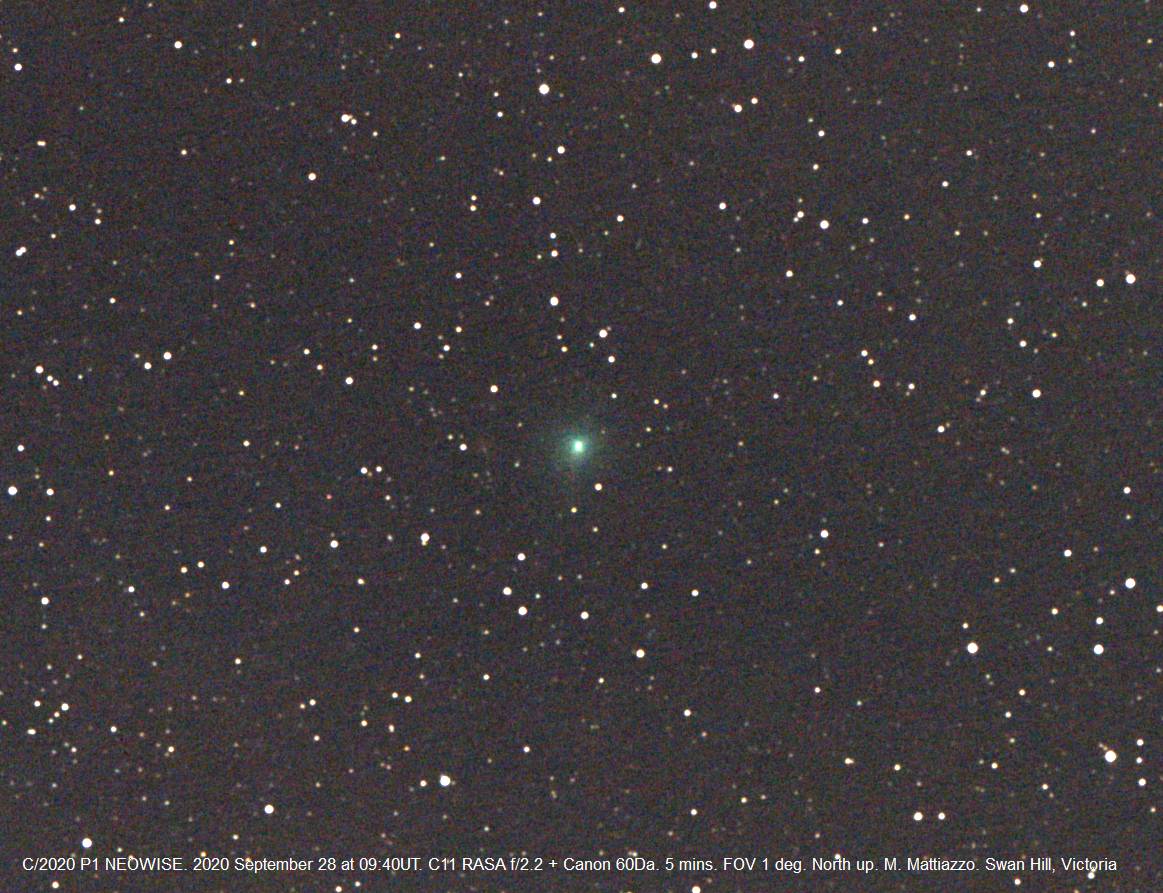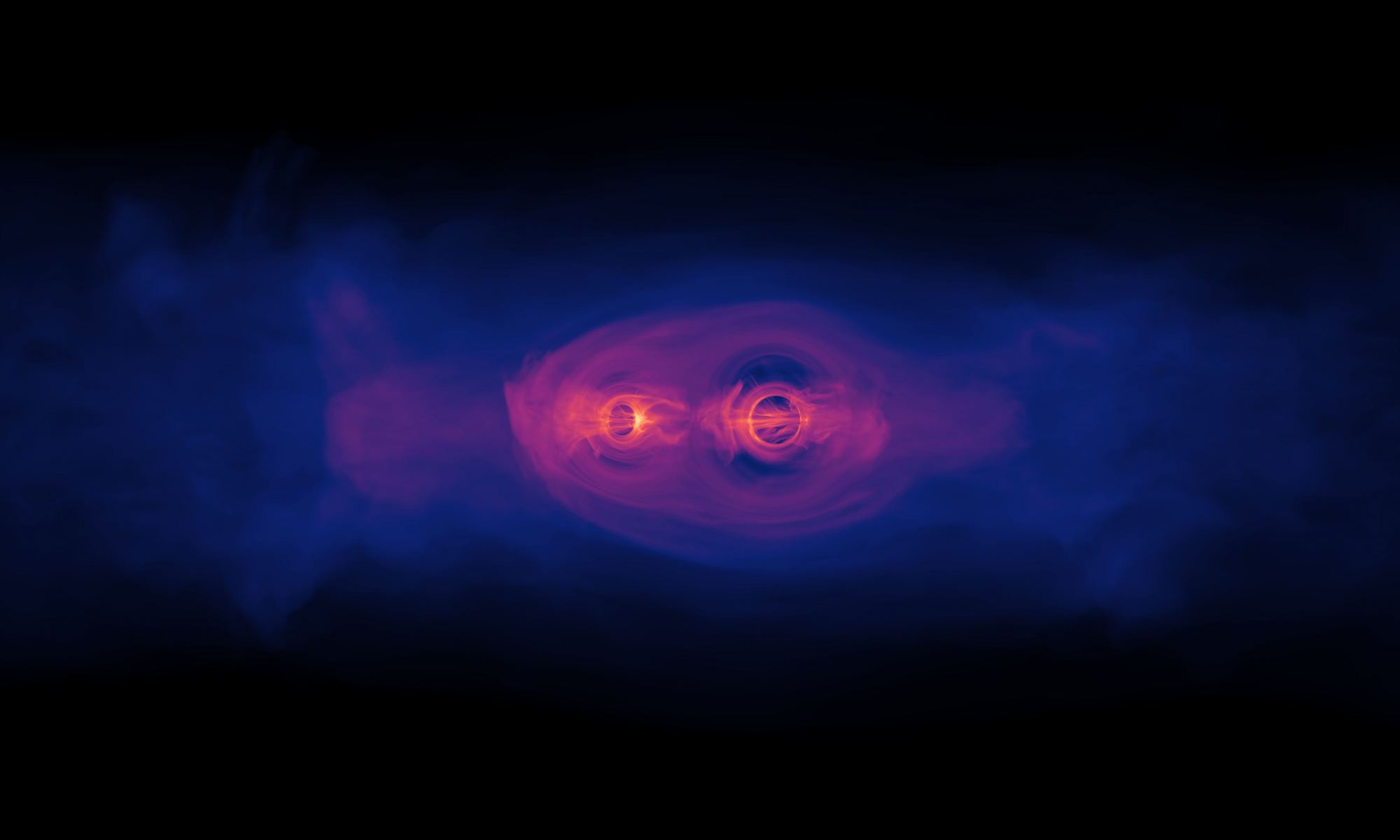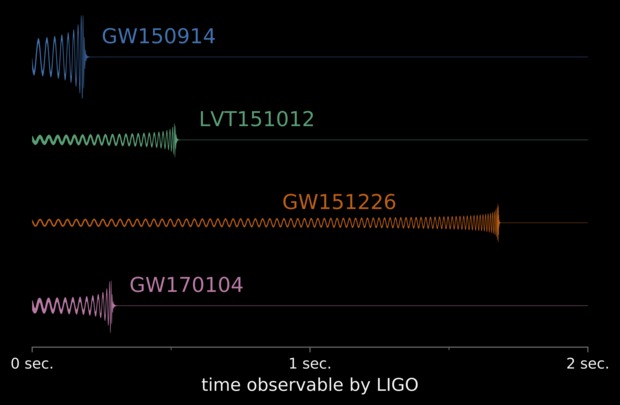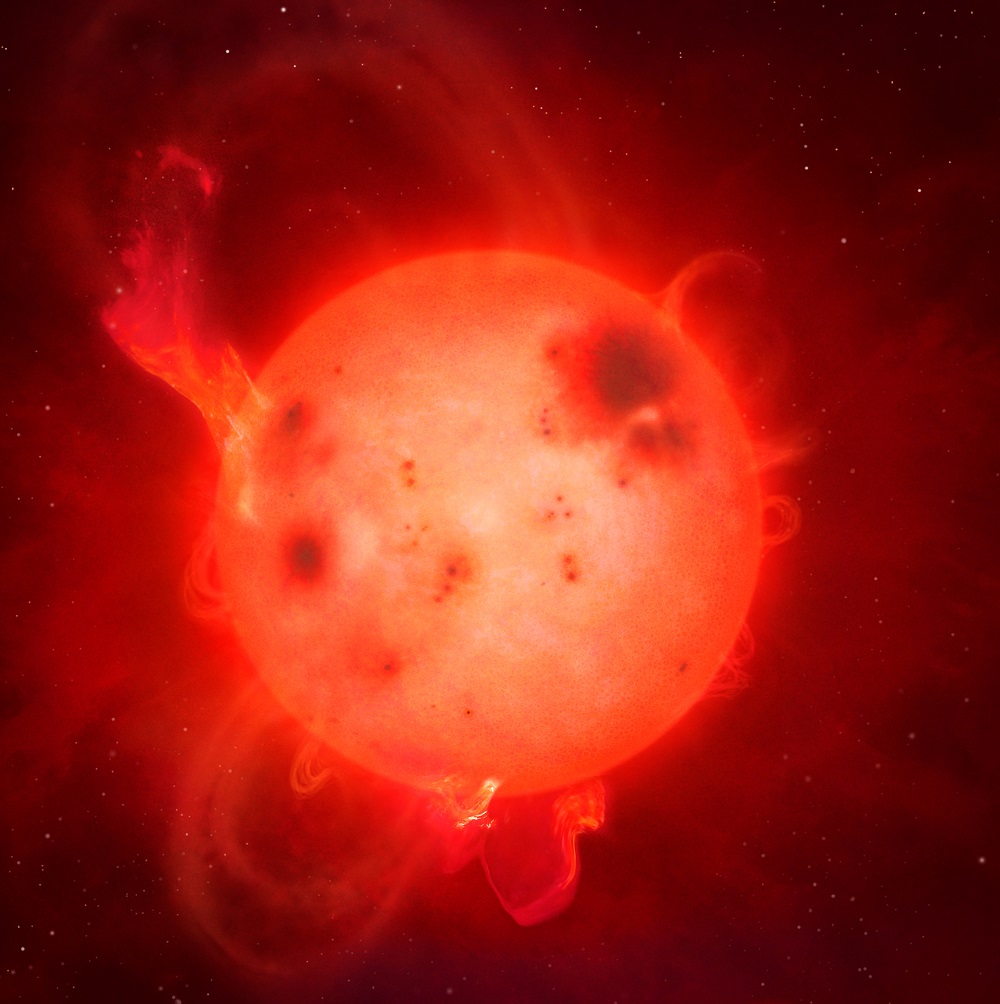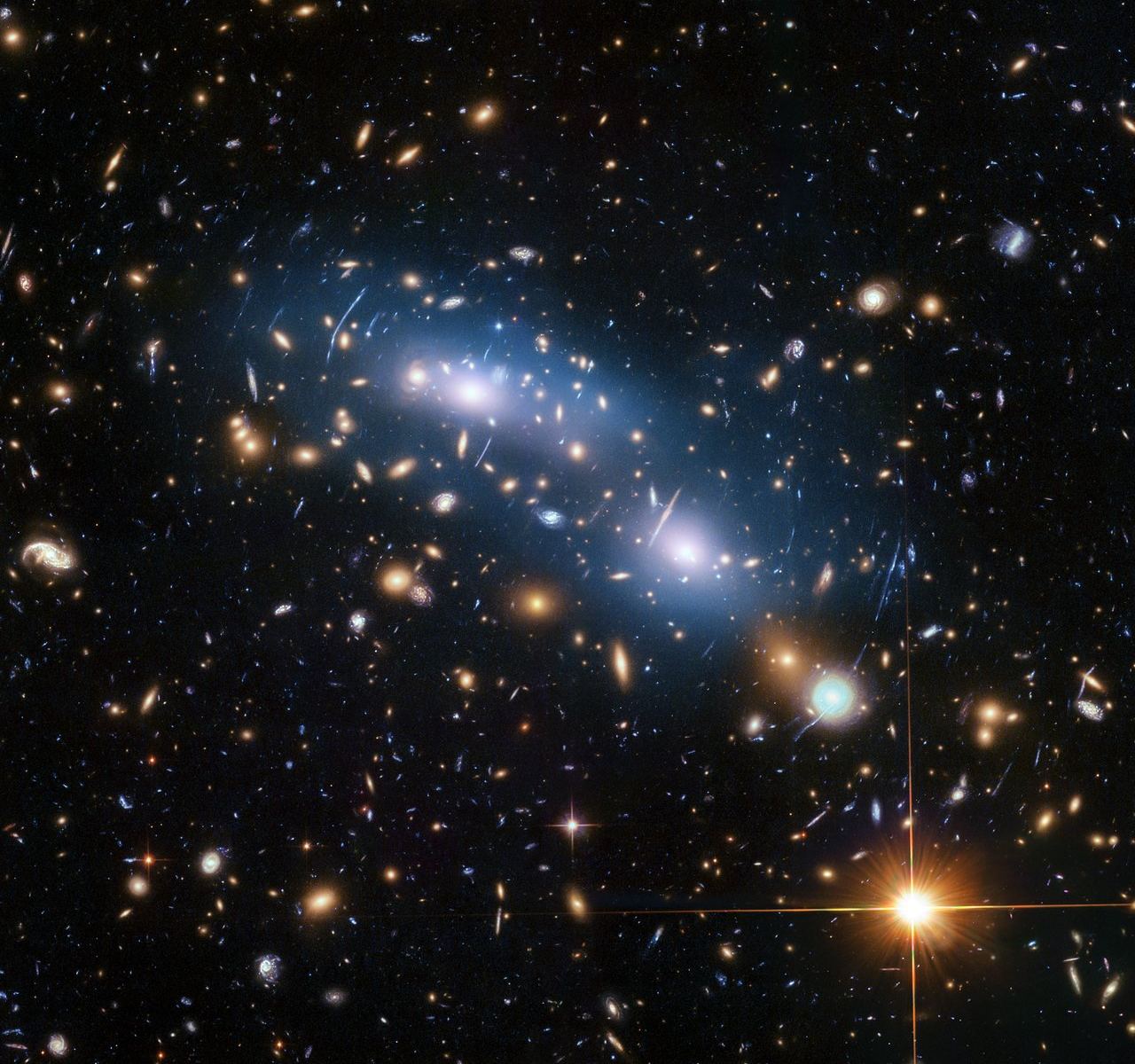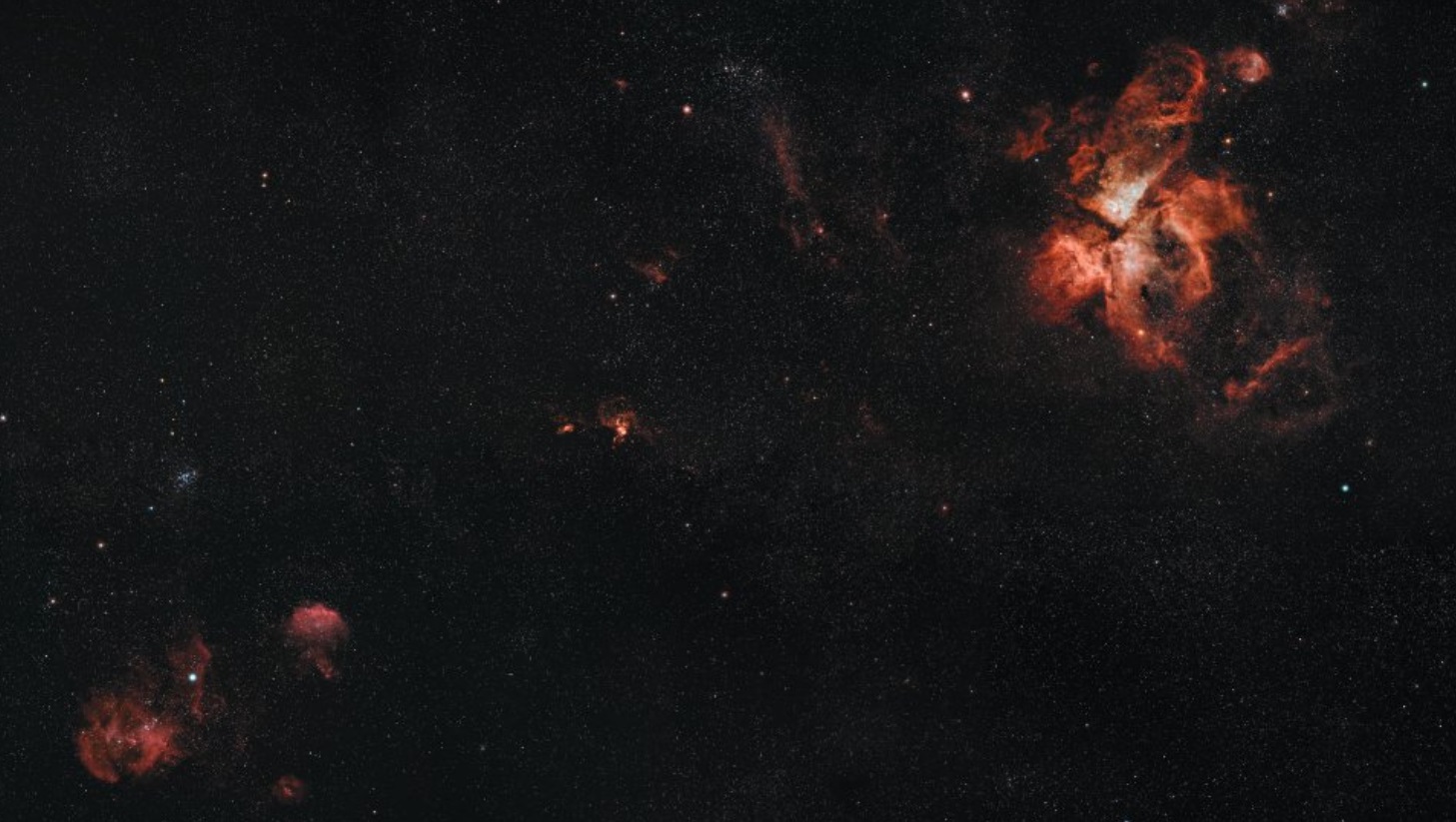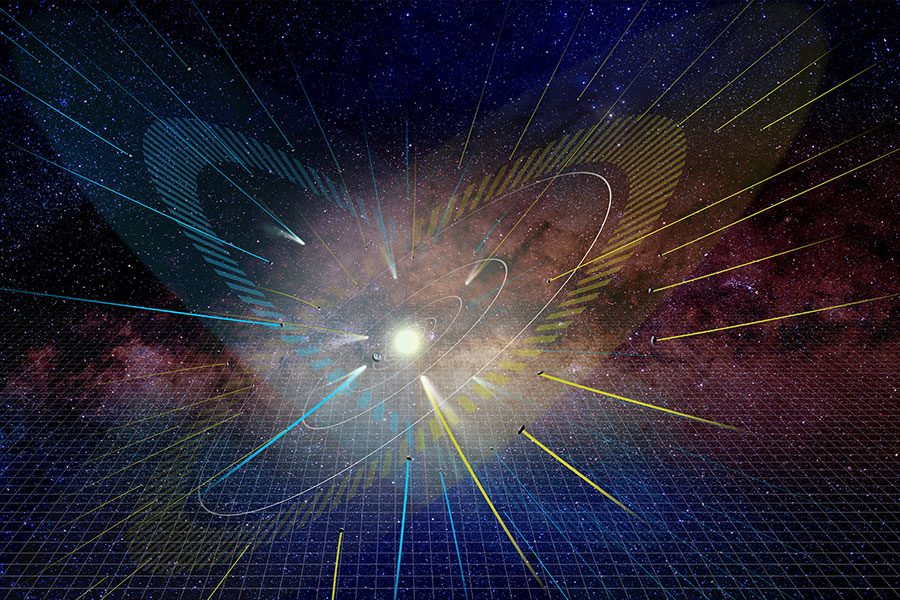The search for exoplanets has revealed types of planets that are nothing like the worlds in our own Solar System. One such type is the hot-Jupiter. They’re gas giants like Jupiter that orbit their host star very closely. That proximity raises their temperatures to extreme heights.
Hot-Jupiters can be hot enough to vaporize metals, making their atmospheres un-Earthlike. A team of astronomers examining one exoplanet has found 7 different gaseous metals in its atmosphere.
Continue reading “An Exoplanet So Hot There Are 7 Different Kinds of Gaseous Metals in its Atmosphere”
